After two devastating accidents and almost 20 months on the ground, Boeing’s 737 MAX, the latest variant of their most prolific aircraft ever, can begin to fly again. The FAA’s announcement comes as a relief to both the manufacturer and to many airlines.
“We’ve done everything humanly possible to make sure these types of crashes do not happen again”, said U.S. Federal Aviation Administration (FAA) chief Steve Dickson. “I feel 100% confident”.
Dickson commented that the 20-month review was “long and grueling, but we said from the start that we would take the time necessary to get this right.”
There is work to do before the aircraft can return to service, however. This will involve both the aircraft themselves and the pilots that will fly them. It means that it will still take some weeks before the first MAX aircraft enter service. And we probably won’t see large numbers of them in airline schedules before next year.
And this is in the United States. Elsewhere, aviation regulators are expected to follow quickly after the FAA, but not as quickly as in the past. Ryanair’s Michael O’Leary stated on the 8th of November that he hopes EASA in Europe will license the 737 MAX in early to mid-January.
Until now, airlines have been mostly quiet about the timing of the aircraft’s re-introduction. Most of them will probably bring the new aircraft into service without a lot of fuss. Some, like American Airlines, are taking a different approach. American has plans to place aircraft in busy airports, with crews on hand, to show the plane to travellers.
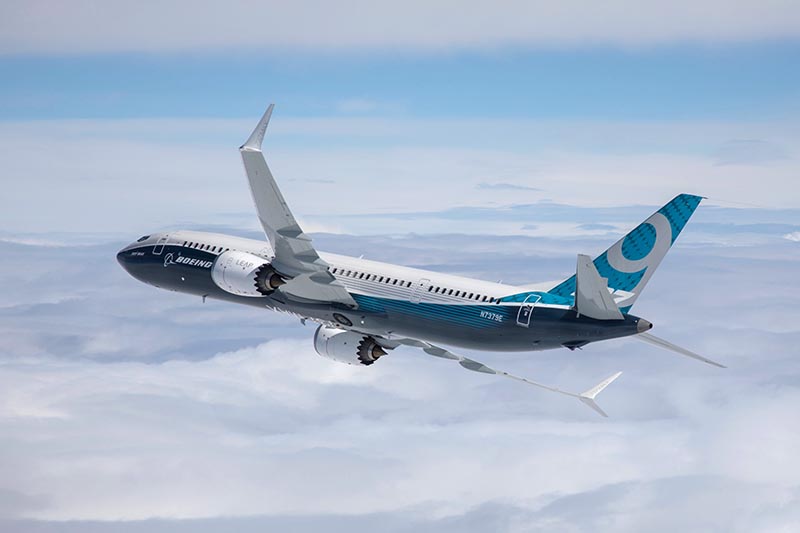
Boeing 737 MAX: How It Came To Be
Back in 2011, Boeing’s decision to not develop a clean-sheet narrow-body centred on not falling behind Airbus. The company had been unsure about what to do for some time. Their new and revolutionary 787 had just entered service. It had its early-service issues, like many new aircraft do, but it was quickly coming of age.
So, many felt that a new aircraft should replace the 737NG. But that was easier said than done. In a perfect world, Boeing would take the 787 plans, scale them to 66% and presto, the new single-aisle Boeing would be ready. But in the real world, that development could take a decade, which Boeing ultimately decided it didn’t have.
That’s because Airbus had, by then, announced the A320neo series. While fitting new engines to any existing aircraft has its challenges, it is by far the quickest process. It’s also what most airlines wanted from Boeing. Existing operators of the 737NG would very much like a new, more efficient version that their existing pool of pilots could fly. And they wanted their pilots to jump back and forth between the 737NG and what would become the MAX.
To many, the factor that triggered Boeing towards an evolution of the 737 was American Airlines. In 2011 the airline announced purchases of 130 A320neo aircraft (in addition to 130 ‘ceo’ models). At the same time, American stated that they would buy similar numbers of LEAP-engined Boeing 737s. IF the latter went ahead. This was the first time American Airlines bought a non-US airliner (regional aircraft excepted). To many, American’s Airbus deal (and subsequent statements) sealed the deal for the MAX.
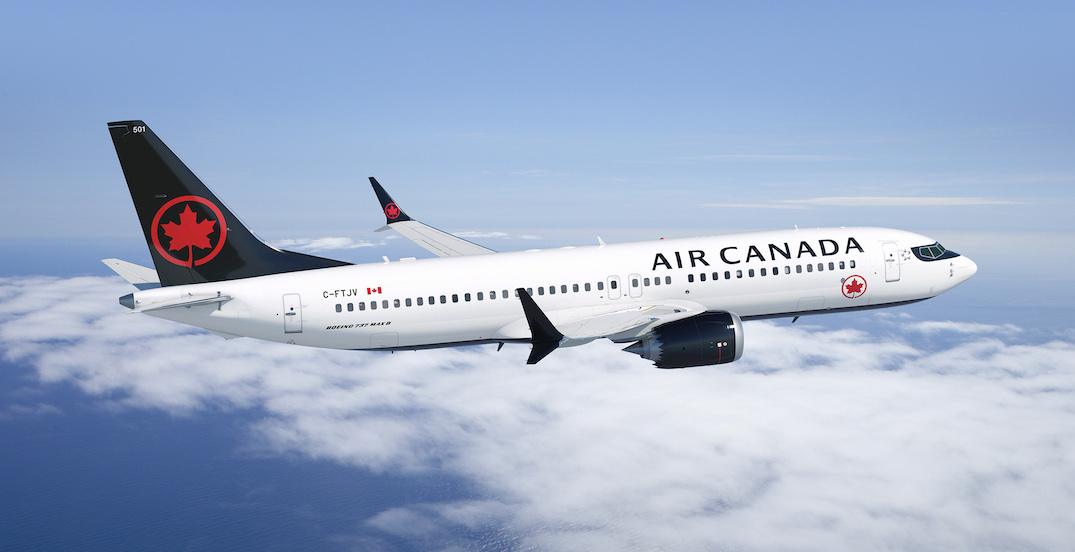
737 MAX Development
The first 737 MAX prototype flew on the 29th of January 2016. It was a MAX-8, that would eventually go to Southwest Airlines. Certification from the FAA came on the 8th of March 2017, EASA (Europe) following with its own about three weeks later. The first aircraft entered service about two months after that.
In addition to the new engines, the aircraft had other minor aerodynamic improvements. The split-tip winglets (aka ‘sharklets’) are obvious, but there is also a reshaped tailcone, more akin to the Dreamliner’s. In the cockpit, the MAX had updated screens for the pilots and other less visible improvements. The MAX had a common type rating with the 737 Classic and New Generation (NG) models. This was what the airlines had asked for.
The aircraft flew for over a year without any accidents. In that first year 130 aircraft left the factory, going to 28 different airlines. Efficiency was 14% better than the 737NG – which was the target. Some operators put that number closer to 15%. These figures made the aircraft competitive against the Airbus A320neo family.
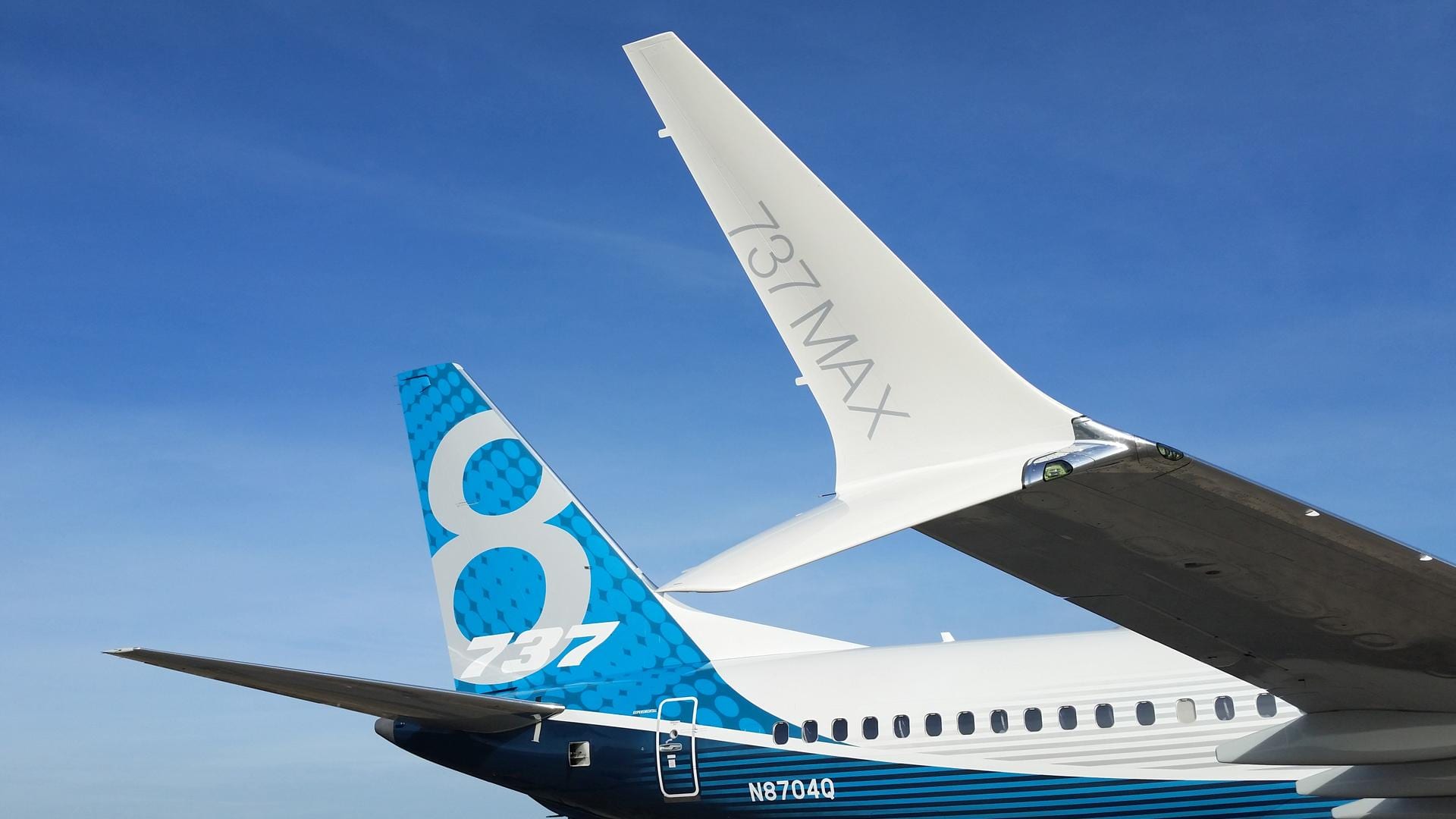
Grounding
Then followed the two infamous crashes: Lion Air Flight 610 on the 29th of October 2018, and Ethiopian Airlines Flight 302 on the 10th of March, 2019. The two accidents claimed the lives of 346 people. Shortly afterwards, aviation authorities grounded the MAX. Initially Boeing hoped that it would return to service within a few months, but this wasn’t to be.
The major contributing factor to both crashes was the Maneuvering Characteristics Augmentation System (MCAS). This was a software implementation in the aircraft’s Flight Control Computer (FCC). Its purpose was to mimic the performance of previous generations of the 737 under certain unusual circumstances.
Unfortunately, the way the system was implemented meant that a faulty Angle of Attack (AoA) sensor could force repeated forward trim inputs, in specific conditions. The software nature of the system was why Boeing hoped to return the aircraft to service quickly. However, the FAA and other authorities decided that they needed much more time to examine these systems.
They also wanted to study the series of events that led to the systems’ design and certification. These investigations took a long time. Their length means that the MAX has arguably become the most closely scrutinized aircraft to enter commercial service. This is in part because unlike previous agreements, it wasn’t just the FAA that certified the aircraft. EASA and other aviation authorities conducted their own certification testing, including test flights.
Following these tests, the FAA became the first authority to re-certify the Boeing 737 MAX today. EASA in Europe and other authorities around the world are expected to follow in the coming weeks.
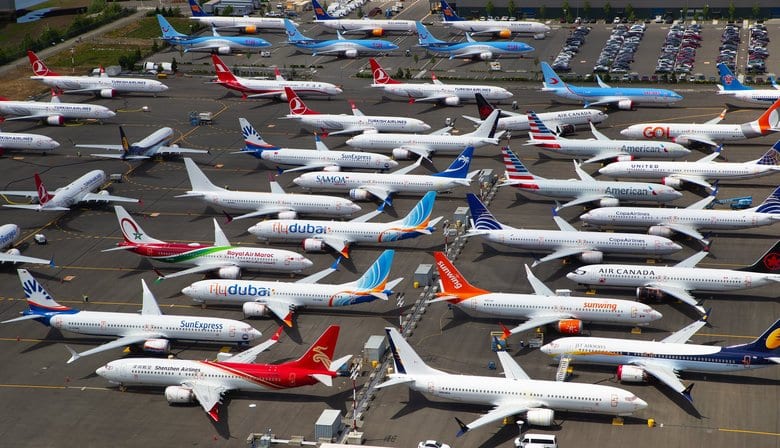
737 MAX Returns To Service: The Process
After 20 months since the MAX fleet stopped flying, returning them to the air is going to be a mammoth task. Firstly, this is because of the sheer volume of the aircraft that Boeing needs to bring up to date.
Because production continued after the grounding, Boeing now has 450 MAX aircraft awaiting delivery to customers. In addition to these, there are also 387 grounded aircraft in the hands of the airlines, in storage around the world. Upgrading these 837 aircraft could take up to two years. However, Boeing has known the nature of the necessary upgrades for some time now. This means that at least some of the preparatory work is well underway for many aircraft in storage.
The process involves changes in both software and hardware, plus substantial changes in training requirements. Below is an outline of what this will look like.

Software Upgrades
There will be substantial software upgrades to the Flight Control Computers (FCCs – there are two). The computers are connected to and handle all of the systems described below:
- There will be a new Angle of Attack (AoA) Disagree Warning on the pilots’ displays for ALL aircraft. This will make it immediately obvious to the crew that one of their AoA sensors is malfunctioning. This was a key factor in both MAX accidents.
- The airlines can choose to have an Optional AoA Indicator in the Primary Flight Display. This is a matter of preference for some pilots, but it is separate from the AoA Disagree Warning above – that one will activate for all aircraft.
- A Display Indicator Disagree now causes a Master Caution, to indicate a potential failure of the MCAS system. The Speed Trim System (the MCAS parent control system) now gives MCAS more limited authority.
- Most importantly, the MCAS will now activate only ONCE, without resetting after a time period or after trim input from the pilots. Again, this was a key factor in the two accidents before the grounding.
- Also, the MCAS will receive data from BOTH AoA sensors and NOT activate with an AoA Disagree Warning. This is also key. In the accident aircraft, the sequence of events started with a faulty AoA indicator. Now, the FCC will receive information from both AoA indicators, determine that there is a disagree and disable MCAS.
- The MCAS will not activate with an FCC Disagree. This means no activation if the FCC registers a disagree between sensors, even when no sensor is faulty. This could happen due to external factors (faults, cosmic radiation etc). For a very detailed analysis of the MCAS before and after the update, see here.
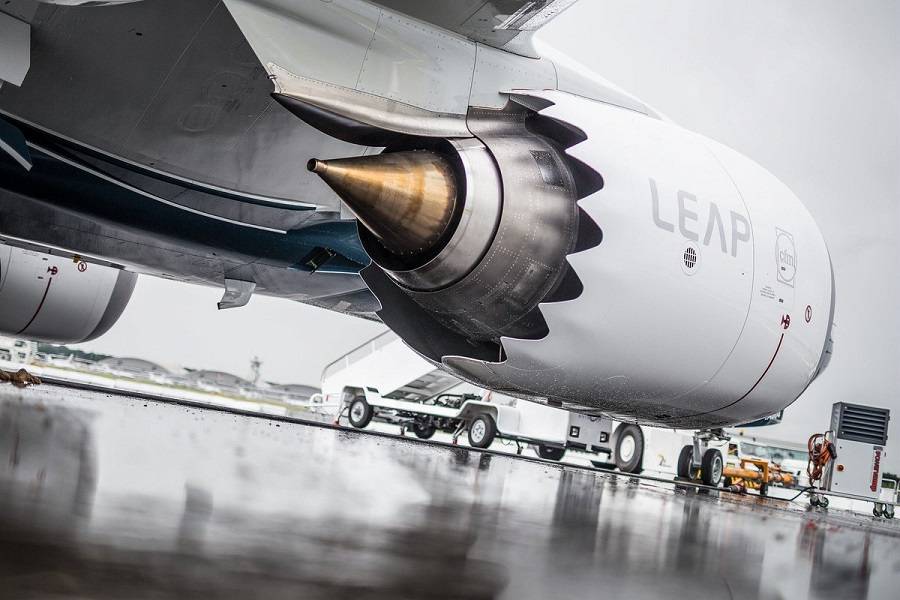
Hardware Change
Technicians will have to reroute and separate the two redundant trim cable bundles. This will eliminate any possibility that a fault with one bundle will affect the other. This was a relatively new requirement, not relating to the two accidents. The intention is to bring the MAX up to the same specifications as newly-designed aircraft. This work alone will require between 300 and 400 man hours per aircraft.
Pilot Training Requirements
These requirements are for pilots that already have a type rating allowing them to fly the Boeing 737NG:
- They will need to complete a much more extensive Computer Based Training (CBT), that includes both instruction and video training, describing all new systems, including the MCAS
- There is a new need to successfully complete a 2-hour simulator session per pilot. Unlike previous reports, this training must be done in a 737 MAX simulator.
- Existing MAX simulators will also need a software update, so that they are up to the new standard. The simulators will need to conform to the standards of the software modifications.
Newly-minted first officers flying the 737 for the first time, will most likely follow a training programme for the NG, before going through the process above. Eventually, all training will reflect the requirements of the MAX from the start.

Additional Work
After 1.5 years in storage, the aircraft will need to be ‘deconservated’. This process isn’t new and both Boeing and the airlines know it well. It is a requirement whenever any aircraft returns to service after a long period in storage. The process takes 16 days per aircraft, and goes as follows:
- Days 1-3: unpack the aircraft, removing covers, tapes etc
- Days 4-10: check aircraft systems and perform (manufacturer’s) test flight
- Days 11-16: airline receives and checks the aircraft, and performs its own test flight
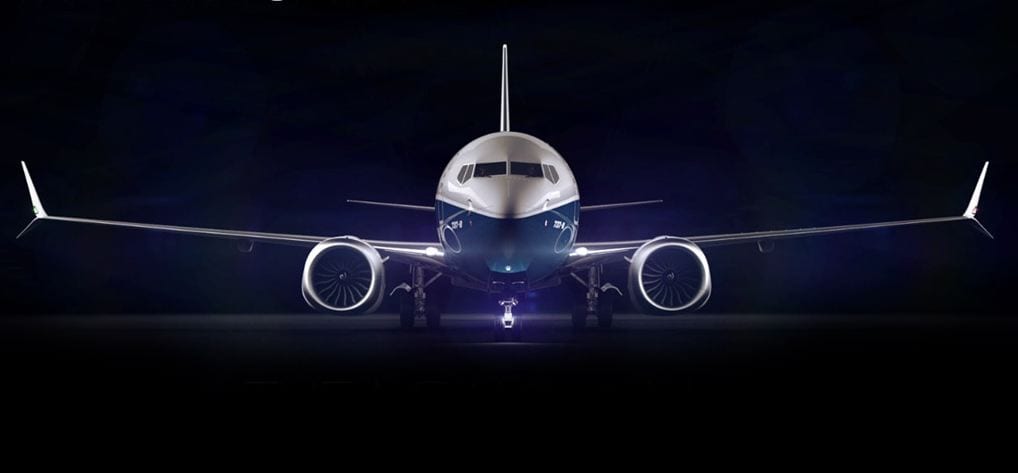
Last Thoughts
The above shows that the MAX’s return to service will be a gradual one. More aircraft coming out of the factory will of course incorporate all changes. Also, some of the 450 aircraft that Boeing owns are ‘white tails’, i.e. don’t have a customer. The manufacturer will obviously prioritise other aircraft, for upgrade and return to service.
Even so, it will take years for the newest version of Boeing’s 737 to put its trouble start behind it. And even longer to catch up to its Airbus nemesis. That will probably not happen before the MAX-10 shows up. Fortunately for Boeing, Airbus’ A321XLR is still a couple of years away from service.
The key, now, will be to see how quickly the MAX can catch up with the A320neo series. This year the pandemic upstaged everything else, in aviation and beyond. Still, the MAX affair means that Airbus has a head-start. And some will appreciate the irony behind this, because it is that head-start that Boeing was trying to avoid, in choosing to develop the MAX…




2 comments